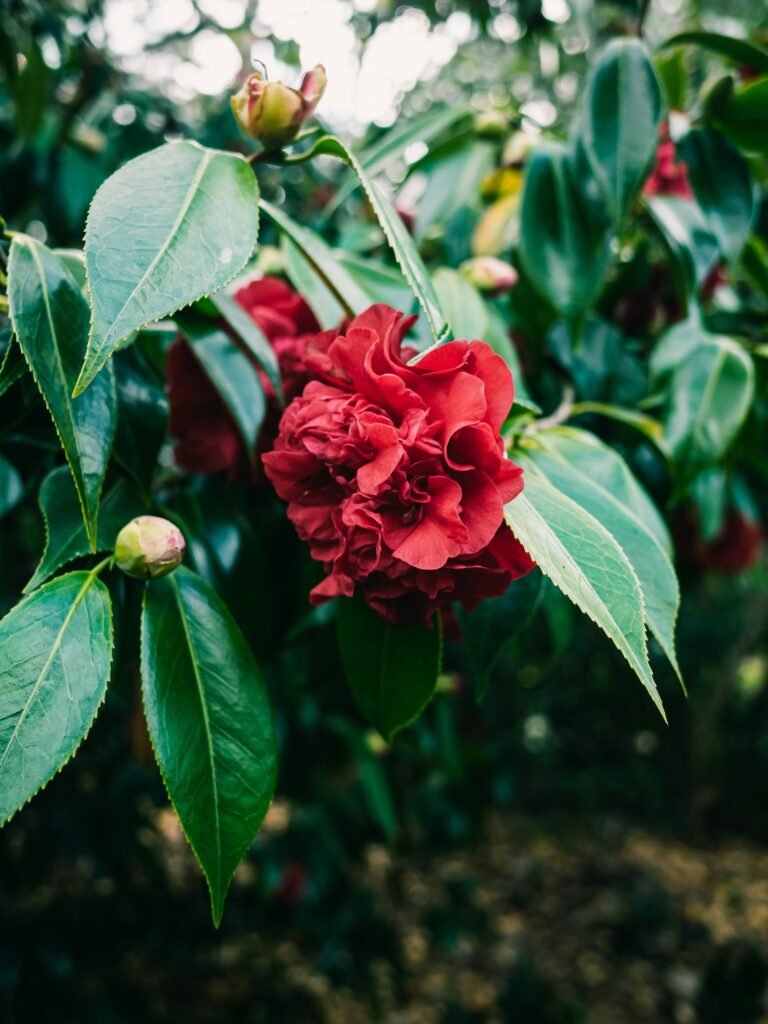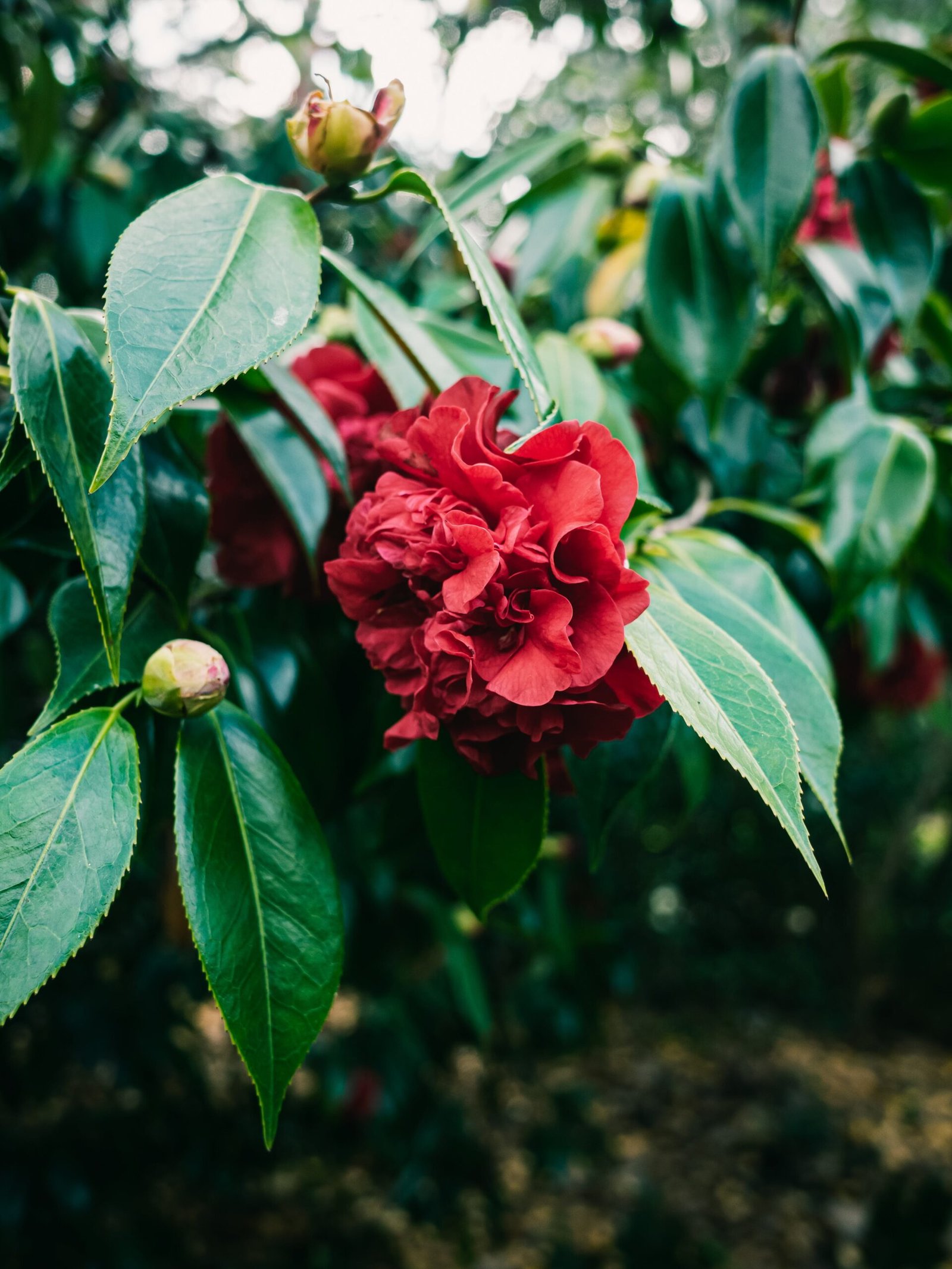If you’re looking for a unique and budget-friendly way to add a touch of greenery to your home, then you’ll be delighted by the idea of creating your own DIY herb garden using crates. These versatile and rustic containers provide the perfect home for a variety of herbs, allowing you to easily grow and harvest your own fresh and flavorful ingredients right at your fingertips. In this article, we’ll explore some creative and inspiring ways to transform ordinary crates into charming and functional herb gardens that will not only enhance the aesthetic appeal of your space but also provide you with an endless supply of fragrant and delicious herbs. Whether you have a spacious backyard or a small balcony, these DIY crate herb gardens are sure to bring joy, beauty, and culinary inspiration to your home.
Choosing the Right Crates
When it comes to creating a DIY herb garden using crates, the first step is to choose the right type of crate for your needs. There are various options available, but wooden, plastic, and metal crates are the most popular choices.
Wooden Crates
Wooden crates have a timeless appeal that can complement a variety of garden aesthetics. They offer a rustic and natural look, perfect for creating a charming herb garden. When selecting wooden crates, make sure to choose ones that are well-constructed and sturdy. This will ensure that they can withstand the weight of the herbs and the outdoor elements.
Plastic Crates
Plastic crates are lightweight, durable, and weather-resistant, making them a practical choice for outdoor herb gardens. They are available in a range of colors, allowing you to add a vibrant touch to your garden. Plastic crates are also easy to clean and maintain, making them a great option for beginners or those with limited time for gardening.
Metal Crates
If you’re looking for a more modern and industrial look, metal crates can be an excellent choice. They are sturdy and can withstand the elements, making them suitable for both indoor and outdoor use. Metal crates also provide a unique opportunity for customization, as they can be easily painted or decorated to match your personal style.
Preparing the Crates
Once you have chosen the type of crates that best suits your needs, it’s important to prepare them before you start planting your herbs. Proper preparation will help ensure the longevity and health of your garden.
Cleaning the Crates
Before using the crates, give them a good clean to remove any dirt or debris. This can be done by scrubbing them with a mild detergent and water solution. Rinse them thoroughly and allow them to dry completely before proceeding.
Applying a Protective Coat
To help protect the crates from moisture and weathering, consider applying a protective coat of sealant or paint. This will not only enhance their durability but also add an extra layer of visual appeal to your herb garden.
Drilling Drainage Holes
One crucial step in preparing the crates is drilling drainage holes at the bottom. These holes will ensure proper drainage and prevent waterlogged roots, which can lead to root rot. Use a drill with a suitable size bit to create these holes, ensuring that they are evenly spaced throughout the crate’s bottom.
Adding a Lining
To further protect your herbs and prevent soil from spilling out, consider adding a lining to your crates. This can be done by using landscape fabric or burlap, which will allow water to drain while keeping the soil contained.

This image is property of images.pexels.com.
Hanging Crate Herb Garden
A hanging crate herb garden can be a fantastic solution for those with limited space or for adding a unique vertical element to your garden. Follow these steps to create your own hanging crate herb garden.
Selecting a Hanging Location
Choose a location that receives adequate sunlight for your herbs to thrive. Consider hanging the crates near a window, on a balcony, or even from a sturdy tree branch in your yard. Ensure that the location is easily accessible for watering and maintenance.
Attaching Hooks or Brackets
Install hooks or brackets securely in the chosen location. Make sure they are capable of supporting the weight of the crates when fully planted and watered. Use suitable hardware and follow the manufacturer’s instructions for a secure installation.
Arranging the Crates
Decide on the arrangement of your crates before hanging them. Consider the height of the herbs you plan to grow and how they will fit in the space available. You can hang multiple crates vertically or create a tiered effect by placing them at different heights.
Planting Herbs
Once the crates are securely hung, fill them with well-draining potting soil. Choose herbs that thrive in containers and have similar water and sunlight requirements. Plant the herbs according to their individual spacing needs, providing enough room for growth. Regularly water and care for your hanging crate herb garden to enjoy a continuous supply of fresh herbs.
Tiered Crate Herb Garden
A tiered crate herb garden can add an interesting visual element to your outdoor space while maximizing planting space. Here’s how you can create your own tiered crate herb garden.
Choosing the Crate Sizes
Select crates of different sizes to create the tiered effect. Ideally, choose crates that are progressively smaller in size as you move up the tiers. This will provide stability and allow for proper drainage.
Building the Tiers
Arrange the crates in a tiered formation, starting with the largest crate at the bottom. Ensure that the crates are stable and level by using supports, such as wooden blocks, to hold them in place. You can also use screws or brackets to secure the crates together for added stability.
Arranging the Crates
Position the crates in a way that allows easy access to all the herbs while creating an appealing visual display. Consider staggering the crates and leaving space between them for a more organic and cascading look.
Planting Herbs
Fill each crate with suitable potting soil, leaving enough space for proper root development. Plant your selected herbs, considering their spacing requirements. Choose a variety of herbs to create a diverse and visually appealing herb garden. Ensure regular watering and maintenance to promote healthy growth.

This image is property of images.pexels.com.
Vertical Crate Herb Garden
A vertical crate herb garden offers a space-efficient way to grow herbs without sacrificing style. Follow these steps to create your own vertical crate herb garden.
Creating a Frame
Begin by constructing a sturdy frame that will serve as the backbone of your vertical garden. This can be done using wooden posts or metal rods. Ensure that the frame is securely anchored to the ground or wall for stability.
Attaching the Crates
Using screws or brackets, attach the crates to the frame, ensuring they are evenly spaced and securely fastened. Consider using different crate sizes or arrangements to add visual interest to your vertical garden.
Planting Herbs
Fill each crate with well-draining potting soil, leaving enough space for the herbs’ roots. Plant your chosen herbs, taking into consideration their individual spacing requirements. Regularly water and care for your vertical crate herb garden to promote healthy growth.
Indoor Crate Herb Garden
Don’t let limited outdoor space stop you from enjoying the benefits of a herb garden. An indoor crate herb garden allows you to bring nature inside while adding a touch of green to your living space. Follow these steps to create your own indoor crate herb garden.
Selecting the Right Location
Choose a location that receives adequate sunlight, such as a windowsill or a well-lit corner of your home. Herbs typically require at least six hours of sunlight per day, so consider supplementing natural light with grow lights if necessary.
Using Grow Lights
If your chosen location doesn’t receive enough natural light, consider using grow lights to supplement the needs of your herbs. Place the lights at an appropriate distance above the plants to ensure they receive the necessary light energy for photosynthesis.
Choosing the Right Herbs
Select herbs that are well-suited for indoor growing, as they have adapted to lower light conditions. Some popular indoor herb choices include basil, mint, parsley, and thyme. Choose herbs that you frequently use in cooking and have similar lighting and watering requirements.
Watering and Maintenance
Indoor herbs may require more frequent watering than outdoor plants, as they tend to dry out more quickly. Check the moisture level of the soil regularly and water when it feels dry to the touch. However, it’s essential not to overwater, as this can lead to root rot. Regularly prune and harvest your herbs to encourage healthy growth and maintain their shape.

This image is property of images.pexels.com.
Wall-Mounted Crate Herb Garden
A wall-mounted crate herb garden is both functional and visually appealing, making it a fantastic addition to any garden or outdoor space. Follow these steps to create your own wall-mounted crate herb garden.
Choosing a Suitable Wall
Select a sturdy wall that can support the weight of the crates when fully planted and watered. Ensure that the wall is able to handle the additional weight and that it is suitable for drilling or attaching hardware.
Securing the Crates to the Wall
Using screws or brackets, securely fasten the crates to the wall, ensuring they are evenly spaced and level. Consider staggering the crates or arranging them in a visually appealing pattern for added interest.
Planting Herbs
Fill each crate with well-draining potting soil, leaving enough space for proper root development. Plant your chosen herbs, considering their individual spacing requirements. Regularly water and care for your wall-mounted crate herb garden to ensure healthy growth.
Upcycled Crate Herb Garden
If you’re someone who enjoys upcycling and giving new life to old materials, an upcycled crate herb garden is the perfect project for you. Follow these steps to create your own unique and sustainable herb garden.
Repurposing Old Crates
Instead of purchasing new crates, repurpose old crates that may already be sitting in your garage, basement, or attic. Consider giving them a fresh coat of paint or stain to enhance their visual appeal and protect them from weathering.
Adding a Personal Touch
Get creative and add your personal touch to the upcycled crates. You can stencil your favorite herb names onto the crates, paint them in vibrant colors, or add decorative elements, such as knobs or handles, to make them truly unique.
Planting Herbs
Follow the same planting process as mentioned for other types of crate herb gardens. Fill the upcycled crates with well-draining potting soil and plant your chosen herbs according to their individual spacing requirements. Regularly care for and maintain your upcycled crate herb garden to ensure the health and growth of your herbs.
Mobile Crate Herb Garden
A mobile crate herb garden provides the flexibility to move your herbs around your outdoor space, ensuring they receive the optimal amount of sunlight and water. Follow these steps to create your own mobile crate herb garden.
Choosing a Mobile Base
Select a mobile base for your crate herb garden, such as a wheelbarrow, a wooden cart, or a repurposed pallet. Ensure that the base is sturdy and can support the weight of the crates when filled with potting soil and herbs.
Attaching the Crates
Using screws or brackets, securely fasten the crates to the mobile base, ensuring they are evenly spaced and level. Consider using different crate sizes or arranging them in a visually appealing manner to add aesthetic value to your mobile herb garden.
Wheel Installation
If your chosen mobile base doesn’t already have wheels, install them to facilitate easy movement. This will allow you to rotate or relocate the herb garden according to the changing sunlight or weather conditions.
Planting Herbs
Fill each crate with well-draining potting soil, leaving enough space for proper root development. Plant your selected herbs, ensuring adequate spacing. Remember to water and care for your mobile crate herb garden regularly to promote healthy growth.
Herb Garden Accessories
To enhance the functionality and aesthetics of your crate herb garden, consider incorporating some accessories. Here are a few ideas to get you started.
Labeling Tools and Markers
Label your herbs for easy identification by using decorative plant markers or labels. You can get creative and make your own using materials such as popsicle sticks, recycled wine corks, or painted rocks.
Adding Decorative Elements
Personalize your herb garden by adding decorative elements such as fairy lights, wind chimes, or decorative stones. These small touches can elevate the overall look and add a whimsical or artistic flair to your garden.
Solutions for Limited Space
If you’re short on space, consider using vertical space-saving solutions such as hanging crates or vertical frames attached to walls. You can also opt for compact or dwarf varieties of herbs that take up less space while still providing an abundant harvest.
With these innovative and creative ideas, you can create a DIY crate herb garden that suits your space, style, and needs. Whether you choose a hanging, tiered, vertical, indoor, wall-mounted, upcycled, mobile, or any other type of crate herb garden, enjoy the process, get your hands dirty, and reap the rewards of having fresh herbs at your fingertips. Happy gardening!




